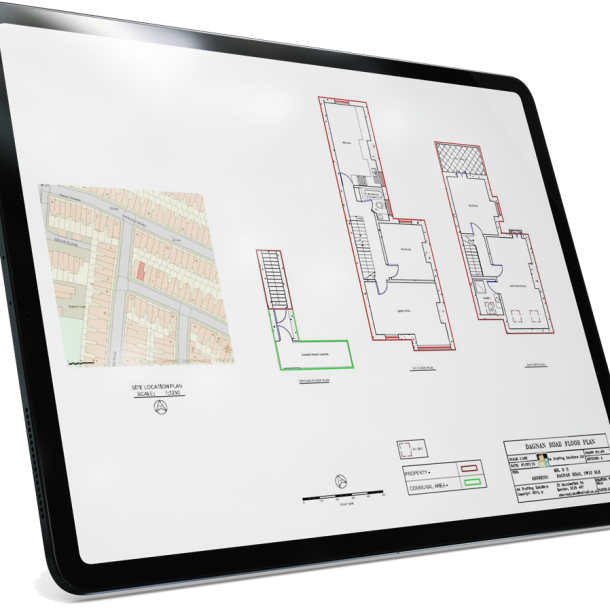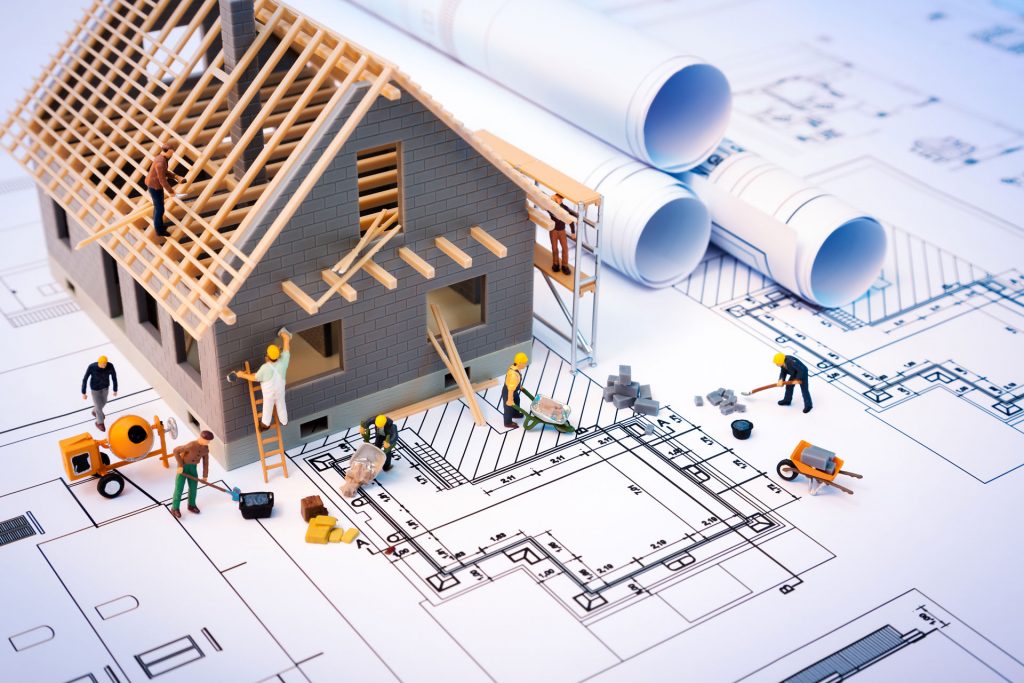
Many homeowners assume it’s essential to hire an architect, whether planning a home extension, a loft conversion or alterations to a listed building. However, understanding the planning permission process will help you make informed planning decisions.
Do I Need an Architect for Planning Drawings?
An architect can help in translating your vision into precise architectural drawings, which are fully aligned with the planning policies and building regulations. These drawings are essential when you apply for planning permission or when submitting a full planning application to your local planning authority. However, using an architect is not a legal requirement. You can choose an RIBA alternative, such as a planning consultant, architectural technician or a drafting specialist. RIBA stands for the Royal Institute of British Architects. These professionals are experienced in preparing planning drawings which fully meets the expectations of local planning officers.
Registered architects have a skilled design expertise and a creative approach in architectural design. Many building projects do not require a full architectural service, especially straightforward extensions or permitted development schemes. If your project doesn’t involve complex design challenges, a more cost-effective solution may be preferred.
Understanding when Planning Permission Is Required
Planning permission is not required for every building project. Certain home improvements, such as small rear extensions or internal alterations, may fall under permitted development rights, meaning planning permission isn’t required. However, projects that affect the external appearance of a building, or change the use of a building, will almost always require formal planning consent.
Before you start, it’s essential to check with your local planning department or consult the Planning Portal to confirm whether you need to apply for planning permission. If you are unsure, a planning consultant can help assess whether your proposal requires a full planning permission application or if you can proceed without it.
Planning Drawings: What Is Required?

When you submit a planning permission application, it’s important to include accurate planning drawings showing the existing and proposed elevations, floor plans and site layouts. These architectural drawings are crucial for planning officers to evaluate whether your project complies with local planning policies.
Whether you are considering a kitchen extension, a loft conversion or changing a listed building, the quality of your drawings can influence the planning decision. Hiring an architect to draw plans is one option, but an alternative with proven experience in architectural planning can deliver drawings which meet the technical standards required for planning applications with less cost.
Cost of Using an Architect Versus Alternatives
One of the biggest concerns for homeowners is the cost of an architect. Architect fees can vary depending on the project’s complexity, but it isn’t uncommon for a full design service to significantly, increasing the cost of a project. For a straightforward planning application, you can achieve cost savings by opting for a drafting service or a planning consultant, which provides accurate drawings at a fraction of the cost.
It may also be necessary to provide additional documents, including a listed building consent or a design and access statement. These can often be prepared without requiring a full architectural design service, reducing the overall cost of planning.
Planning Permission and Building Regulations: Know the Difference
Planning permission deals with the external appearance and impact of your project, whereas building regulations deal with the structural integrity and safety of your project. Securing planning permission does not exclude you from complying with building regulations. In some cases, you may also need to apply for retrospective planning if work has commenced without prior approval.
An experienced architect or planning consultant can help you throughout the planning permission process, ensuring the building regulations are met. However, for simpler projects, a drafting specialist can provide architectural drawings required for planning, ensuring you stay compliant with local planning authorities.
When to Consider a Planning Consultant
If your planning application is rejected or you encounter intricate planning policies, a planning consultant can assist in appealing to the planning inspectorate or negotiate with the planning officers. They have an in-depth knowledge of the planning law, national policies and complexities of the local authority regulations.
For most householder planning applications, having an architect on board is not essential. What matters most is that your drawings are accurate, compliant, and persuasive in meeting the criteria set by the planning department.
Do You Really Need an Architect?
In summary, it depends on the nature and complexity of your project whether you need an architect for planning permission drawings. For larger projects or design-led projects, an architect can help you realise your vision. However, for many standard extensions, kitchen projects or loft conversions, a respected alternative such as the experts at AA Drafting can provide everything required for planning permission applications at a more affordable cost.
Choosing the right architect professional is key to securing planning permission, managing project costs and ensuring a smooth planning process. If you are unsure about the next steps, AA Drafting is here to guide you through the architectural planning process without unnecessary expense. Contact us today.

Final Words
Accurate and compliant building regulation drawings are essential for ensuring that any construction project meets legal, safety, and structural standards. They serve as a blueprint for builders, inspectors, and engineers, reducing the risk of costly mistakes and delays.
By adhering to current regulations, these drawings help create safe, energy-efficient, and durable buildings. Whether for a home extension or a commercial development, seeking professional guidance from architects, structural engineers, or consultants ensures a smooth approval process.
Investing in well-prepared drawings not only speeds up approvals but also provides long-term peace of mind, ensuring a project is built correctly, safely, and legally.

Contact
Office Address
Opening Hours
Fri — 9am – 5pm
Sat — 9am – 2pm
Sun — Closed



